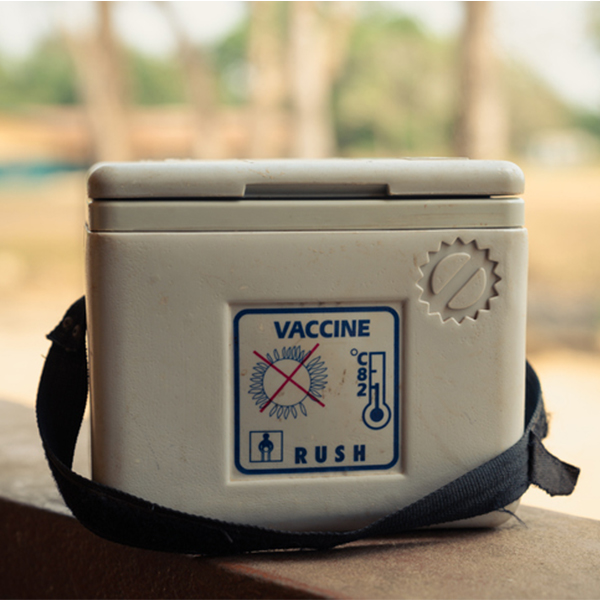
How can you design an insulated container?
Hands-on Activities
How can you design a container that keeps something cold?
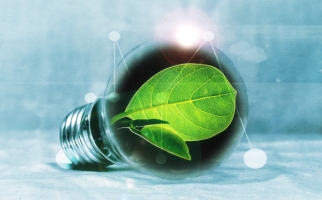
Green Energy
Backgrounders
An overview of environmentally-friendly ways to generate electricity and power
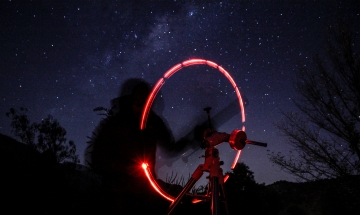
Rodrigo Vidal
Career Profiles
Architect, Teacher

Introduction to Heat Transfer
Backgrounders
Learn about the different ways that heat is transferred.
Generating Electricity: Biomass
Backgrounders
Learn how biomass can be used to generate electricity.
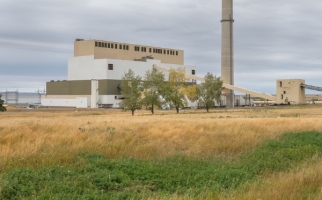
Generating Electricity: Fossil Fuels
Backgrounders
Learn how energy from fossil fuels can be used to generate electricity.

ScienceXplosion - Friction and Reality
Interactives
Rub... rub... rub... Can you feel the heat? Yes? It's friction! In this episode of ScienceXplosion, Eric learns how friction creates heat and can slow down moving objects. It's not magic, it's science!
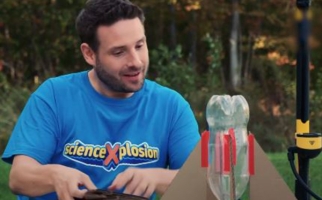
ScienceXplosion - The Era of the Air Pump
Interactives
On this episode of ScienceXplosion, Eric makes a bottle rocket.
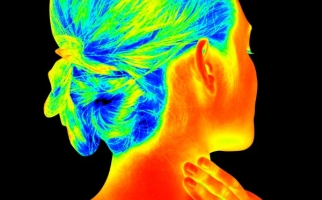
Thermal Imaging
Backgrounders
Learn about uses of thermal imaging as a medical imaging technology.
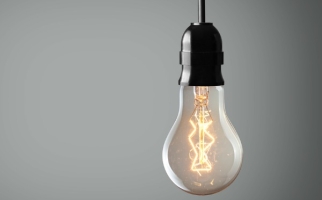
Introduction to Energy
Backgrounders
Learn about energy in its different forms, in particular kinetic, potential and mechanical energy.
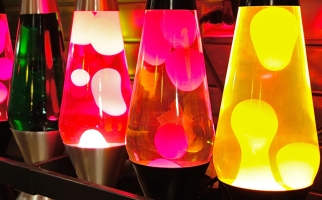
Lava Lamps
STEM Explained
Lava lamps are very interesting to look at. But they are also interesting examples of buoyancy, heat transfer and solubility!

Why Do Ice Rinks Stay Frozen?
STEM Explained
Every ice rink is an example of molecular bonding and gas laws at work!

Why is it colder in the winter even though the Earth is closer to the Sun?
Hands-on Activities
Learn why we have seasons in this hands on activity.
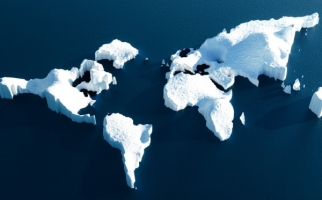
What is Ocean Warming and Why Does It Matter?
STEM Explained
Oceans absorb the greatest amount of solar radiation on Earth. Ocean warming can lead to glaciers melting and ocean acidification.

What causes ocean currents?
Hands-on Activities
Create a model of ocean currents and learn how currents are formed.